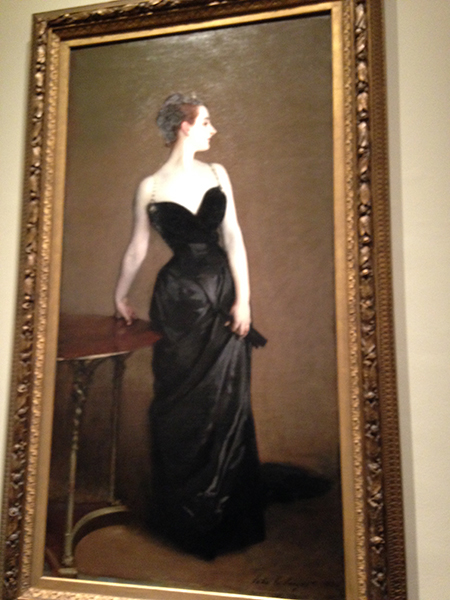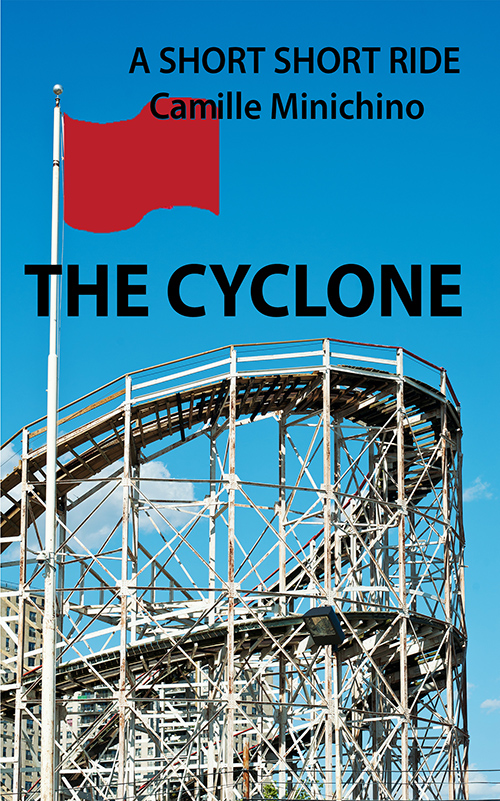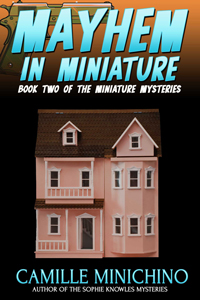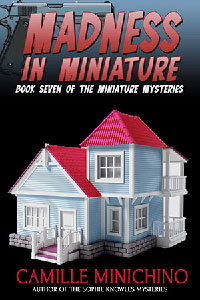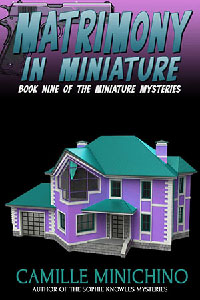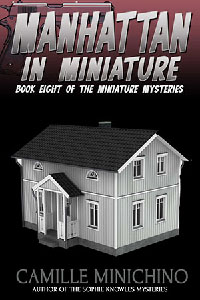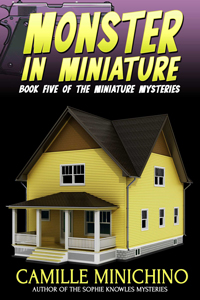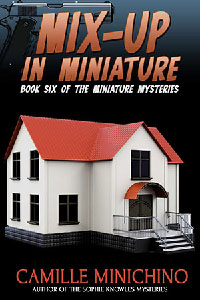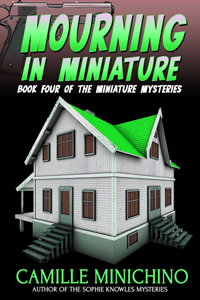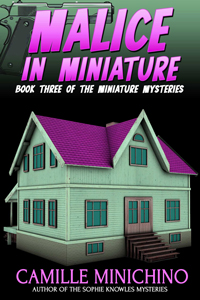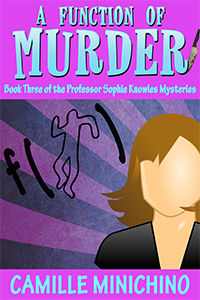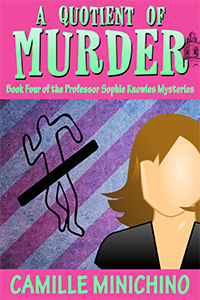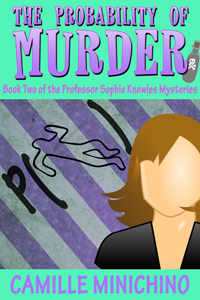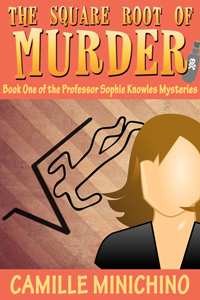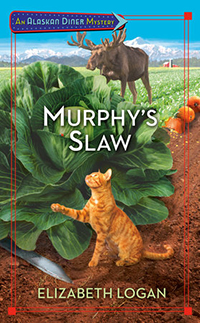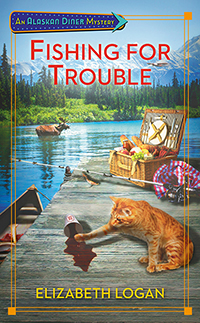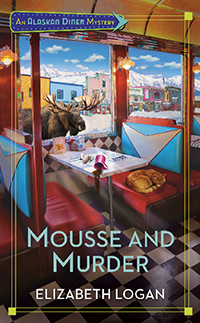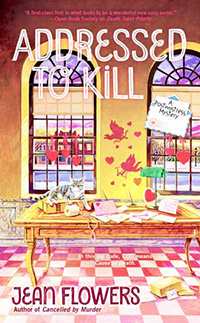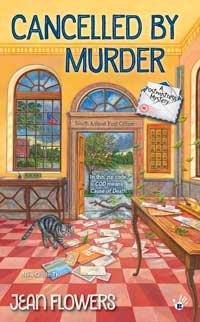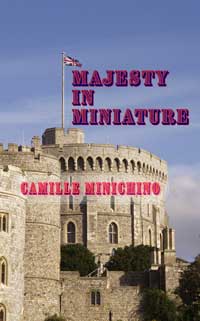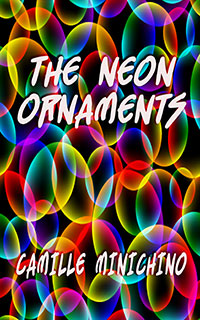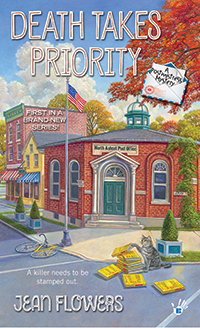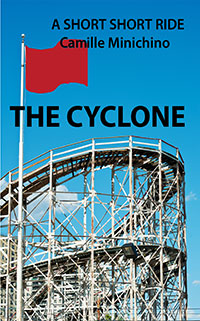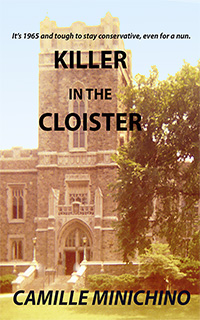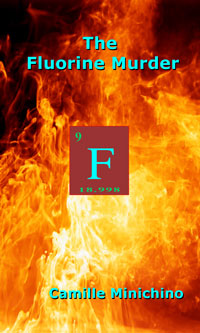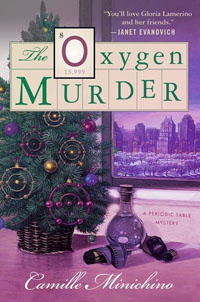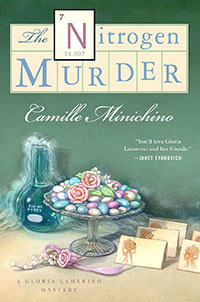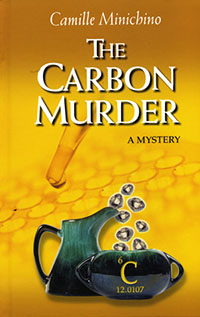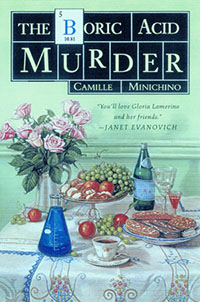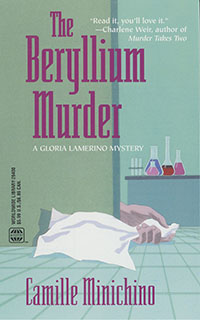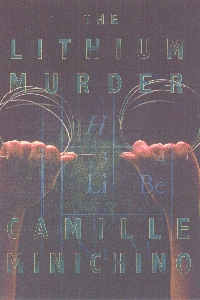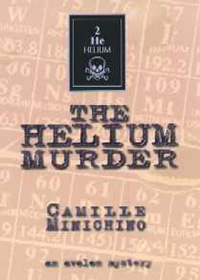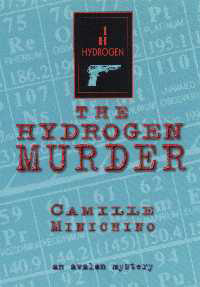At the end of this month, my class for Golden Gate U, SF, begins. That is, the payroll office and the Help Desk are in San Francisco; I’m at home in a suburb thirty miles away and my students are all over the world.
The syllabus states: This course examines the impact of scientific thought and technological innovation on major cultures of the modern world. It includes analysis of the acquisition, application, and adaptation of technology in pre-industrial, industrial, and post-industrial societies.
Okay, it’s a bit academic, but that’s to be expected in a university catalog. Really, what the course allows me to do is discuss key events in the history of science that have changed cultural patterns and beliefs. Topics include breakthroughs from the printing press (the Church at the time condemned it as an instrument for spreading the devil’s work) to stem cell research and cloning (now being condemned by some).
It’s challenging and exciting to explore these issues with my students. Advances in science and technology have given every age more conveniences and life-saving medical procedures as well as new problems and new moral issues.
Remember the divorcing couple who were arguing over who would get her frozen eggs? Not a problem in my grandmother’s time. And all the cases of how long to sustain life with technology? Not a problem in the Old West, for example.
With an international student body working in cyberspace, I often don’t know the gender of some of my students. At first this was disconcerting. How could I know how to respond to a posting if I didn’t know whether it came from a man or a woman? I’ve had first names such as Jigme, Myint-San, Widya, Lieu, and many more that are unpronounceable. I longed to have a photo, an audio file, or some indication of the student’s gender. Maybe he or she would refer to a wife or husband. Of course, in 2015, that still wouldn’t be a clue.
Even some “American” names are gender-neutral. Was the Sean I had last term a girl, like the actress Sean Young, or a guy, like the actor Sean Penn? How about Jordan? Lee? Alex? Casey?
Short of asking outright, which I don’t want to do, I have no way of knowing the gender of these students. Every year that I’ve taught this class on line, there is at least one student whose gender I never learn, not even as I assign the final grade.
Eventually, I realized that it shouldn’t matter whether I’m reading the views of a man or a woman. Does it help to know the gender perspective of a person if the issue is end-of-life technology or gene therapy? Or does it hinder our ability to listen objectively?
Boy or Girl. Should it matter?
 Filed Under :
Filed Under :  Aug.27,2015
Aug.27,2015

